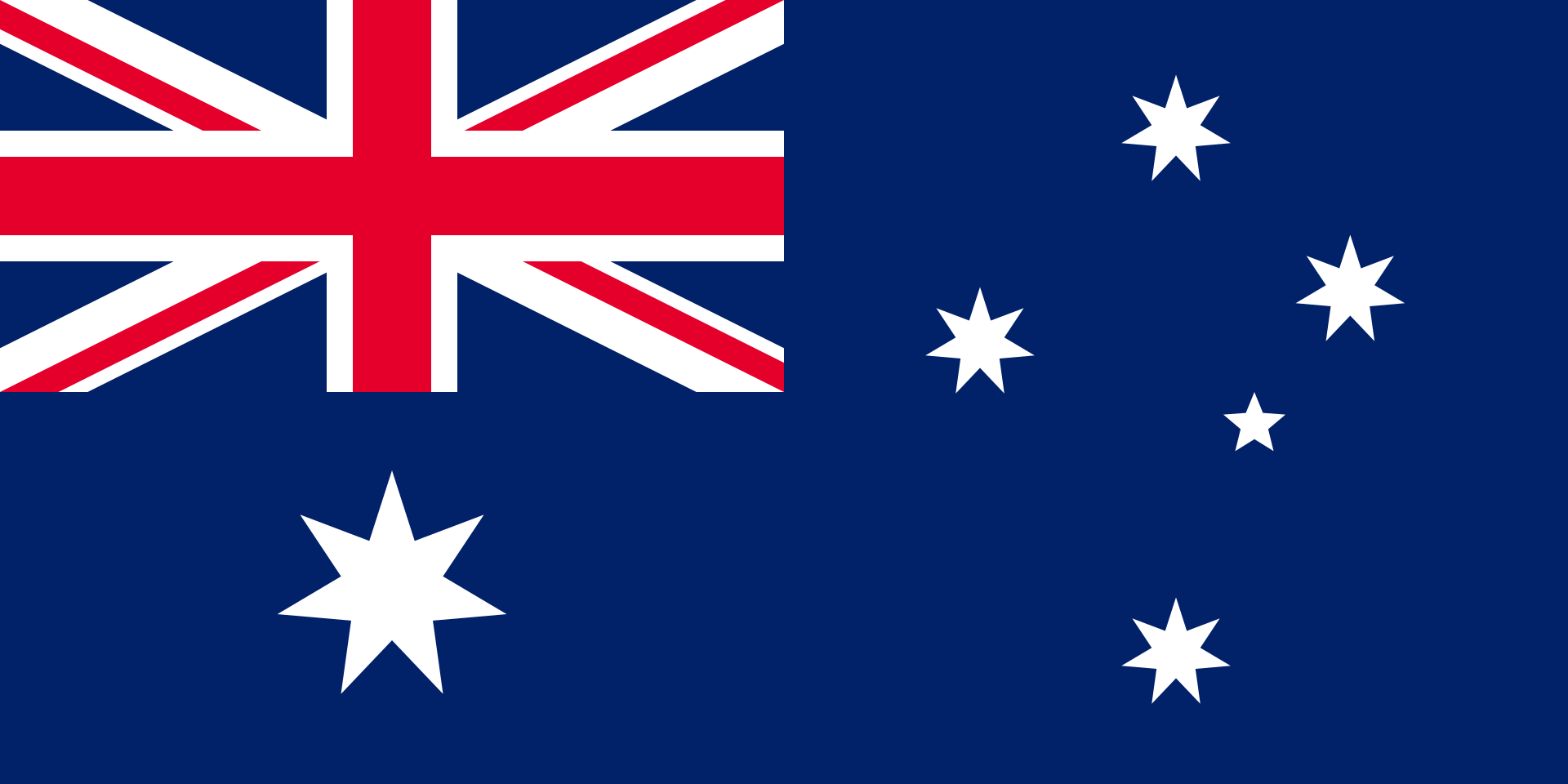Ashmore and Cartier Islands

Capital city: N/A
Population: no indigenous inhabitants (July 2021 est.)
Land area: 5 km2
Official language: N/A
Legal system: The laws of the Commonwealth of Australia and the laws of the Northern Territory of Australia
Time zone: GMT +8
Currency: N/A
GDP: N/A
Main industries: N/A
Principal exports: N/A
The Territory of Ashmore and Cartier Islands comprises four islands totaling an area of 5 km2 situated in the Indian Ocean, as well as the 12 nautical mile territorial sea generated by these islands. The Ashmore Islands consist of three coral islets enclosed by a reef which are respectively named the Middle, East and West islands; the fourth island, Cartier Island, is also surrounded by a reef but is sandier in composition. Both islands are low-lying in nature.
Demographics
The Ashmore and Cartier Islands are uninhabited, and most parts of the territory are closed to visitors. Only parts of the Ashmore Islands are allowed access by Indonesian fishermen exercising traditional fishing under a Memorandum of Understanding signed by the Australian and Indonesian governments in 1974. These fishermen are permitted to land on the West Islands for limited purposes, including replenishing fresh water, visiting graves, and taking shelter. The territory also receives naval visits and patrols, which guard against any illegal foreign fishing activity undertaken by suspected crews. Cartier Island is off-limits for all visitors as it was formerly a bombing and air weapons range used for defence in World War II and is now affected by possibly unexploded ordnance. Access to any other part of the Ashmore Islands or the Cartier Islands requires an additional permit granted by the Australian government.
The territory boasts high biodiversity of wildlife and vegetation. The Australian government established the Ashmore Reef National Nature Reserve on the Ashmore Islands in 1983, and the Cartier Island Marine Reserve in 2000. These reserves are classed as strict nature reserves (IUCN Ia). Both contain significant communities of fish, coral, and migratory birds, with the Ashmore Islands containing rarer and more vulnerable marine species such as dugong, cetaceans, and whale sharks within its territory. These reserves were established to mitigate problems of illegal killing of protected wildlife mainly by traditional Indonesian fishermen, who have been collecting bird eggs, turtle eggs and the like for consumption and trade for centuries.
History
Since the early 18th century, Indonesian fishermen have been visiting the islands’ waters. It was not until the 19th century that Europeans reached and discovered the islands within the territory, with the islands being named by the persons effecting such discoveries. Cartier Island was named by Captain Nash after his ship Cartier, while the Ashmore Islands are a namesake of Captain Samuel Ashmore. In the late 19th century, Britain and the United States both claimed possession of the islands and the islands were eventually ceded to Britain. It was not until 1934 that the territory came into the hands of Australia as a new external territory. Since the 1960s, Australia has established and been in control of unmanned meteorological stations on the islands. The territory is administered from Canberra by the Department of Infrastructure, Regional Development and Cities. It is to be noted, however, that there is an ongoing dispute as to whether Indonesia or Australia should be in control of the Ashmore Islands.
In the past, the territory saw more economic activities of larger scale, including American whaling ships which operated within the region during the 1850s, and the exploitation of phosphate deposits on West Island. Today, such activities have ceased. Adjacent to the territory, undersea oil fields currently undergo petroleum extraction administered by the Australian government on behalf of the Commonwealth. Tourism is limited and restricted to the visiting of West Island at Ashmore, where only one or two commercial tours arrive each year by private yacht. However, the low number of visitors may prove to be conducive to scientific research on marine and terrestrial species living on the islands.
Legal System and Government
The Ashmore and Cartier Islands come under the laws of the Commonwealth of Australia, the laws of the Northern Territory, as well as Ordinances made by the Governor-General.
Investment Opportunity
In June 2021, the Australian government announced that it would begin bidding areas of the Ashmore and Cartier Islands and 4 other basins for foreign companies to conduct gas and oil exploration in March of next year. This is a very lucrative investment opportunity for companies in the petroleum industry.
Sources
https://www.cia.gov/the-world-factbook/countries/ashmore-and-cartier-islands/
https://www.arcgis.com/apps/Cascade/index.html?appid=ca53870cac3f4c3bb9b0b76840264273
https://www.regional.gov.au/territories/ashmore_cartier/index.aspx
https://oxcon.ouplaw.com/view/10.1093/law:ocw/law-ocw-cm185.document.1/law-ocw-cm185
https://www.britannica.com/place/Ashmore-and-Cartier-Islands